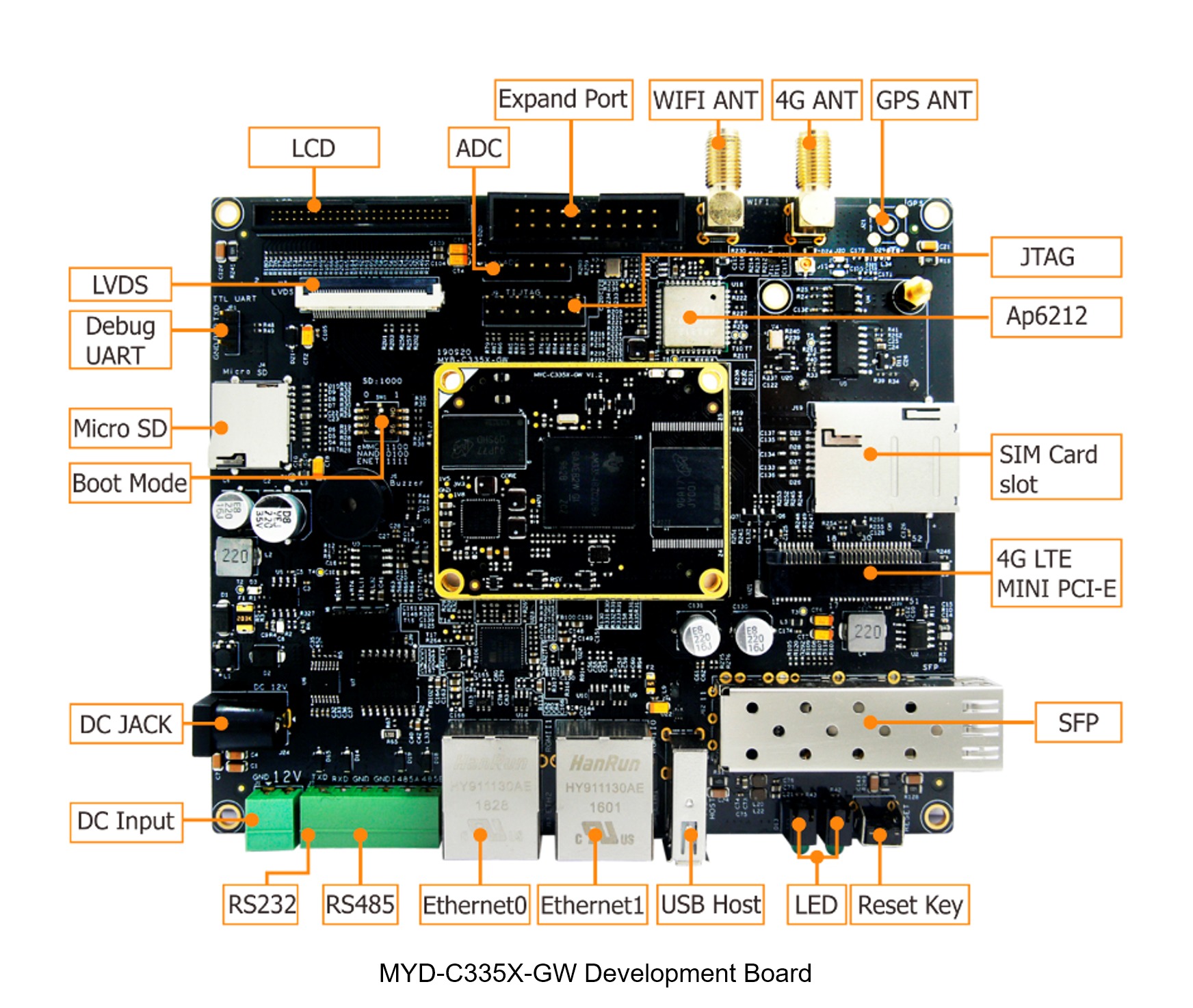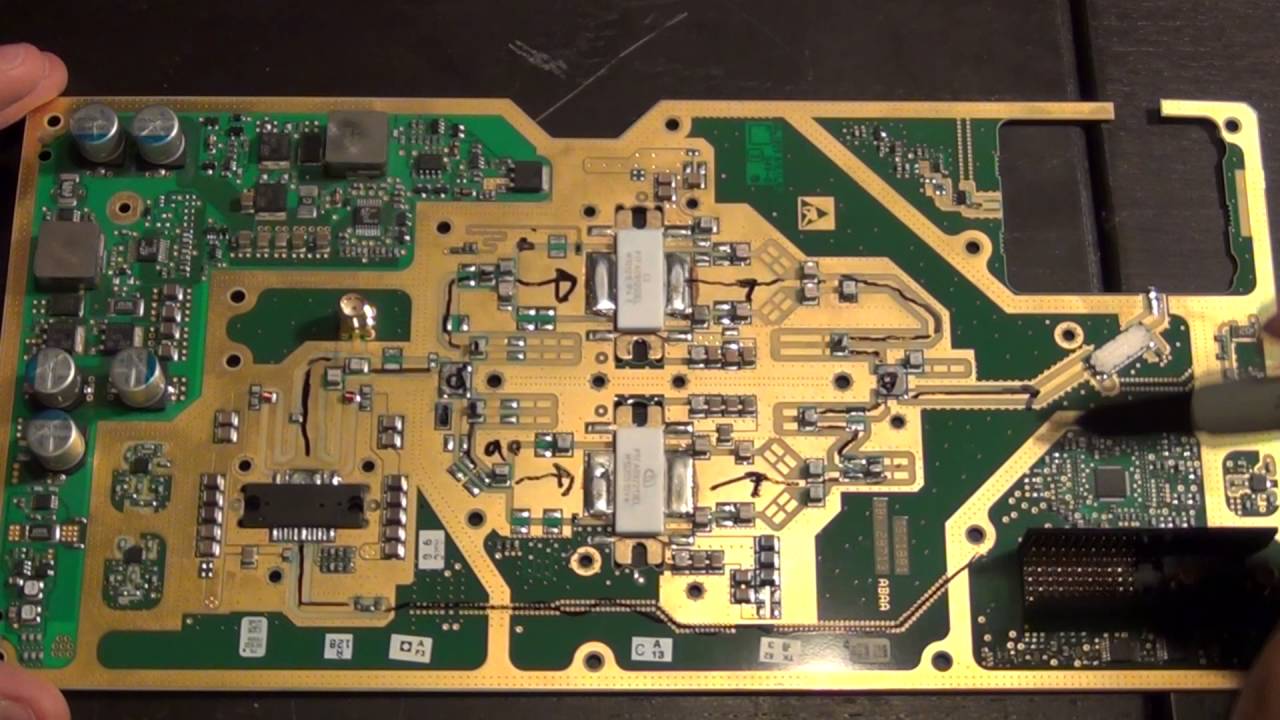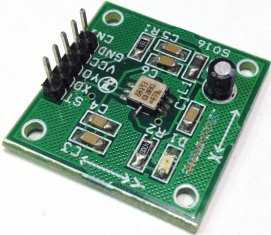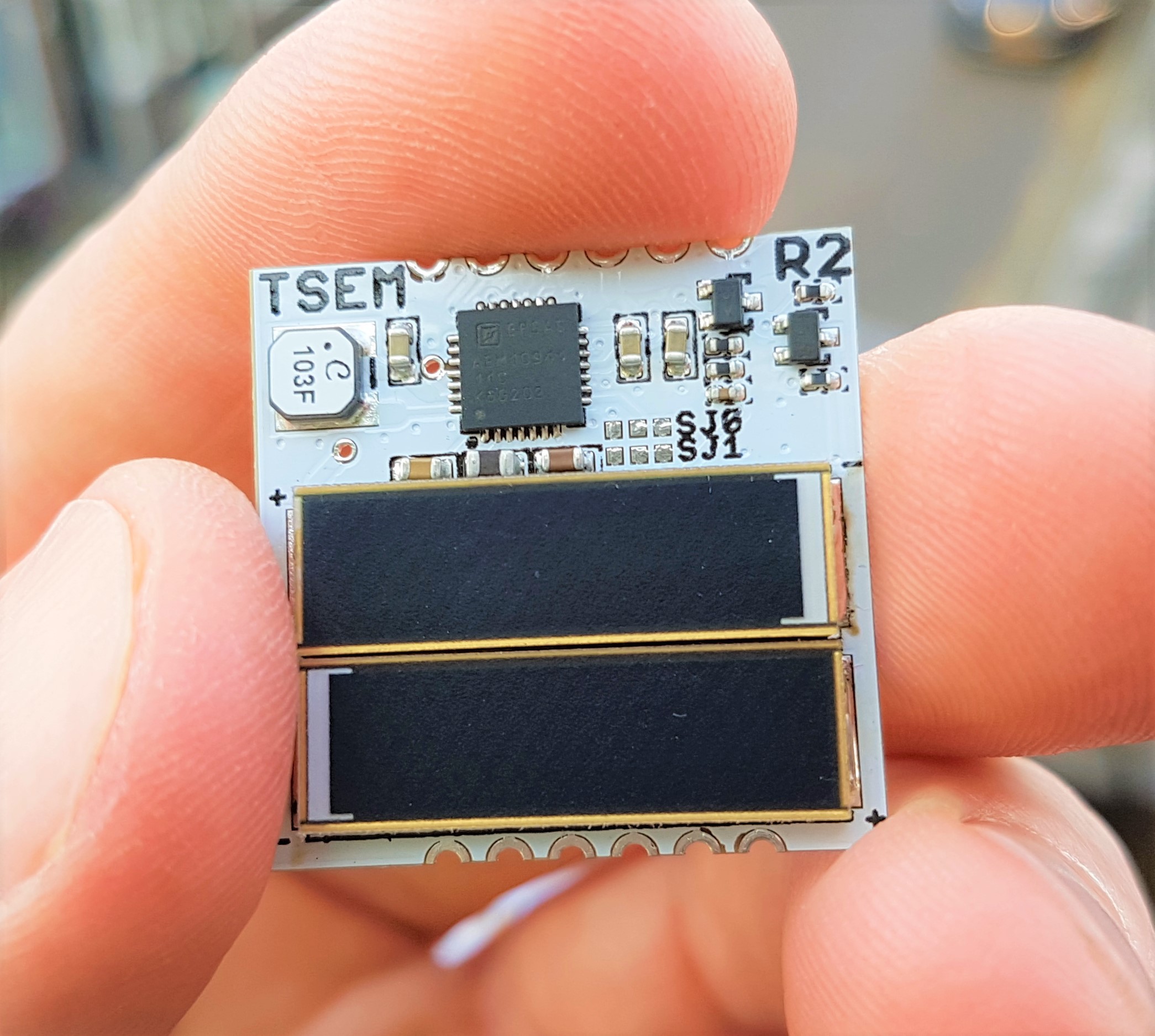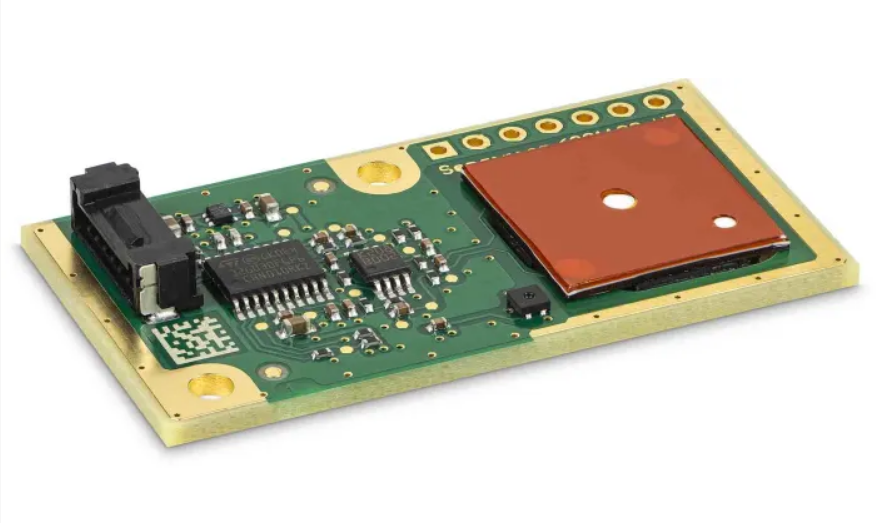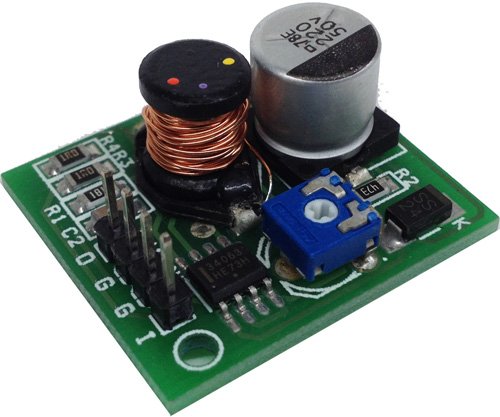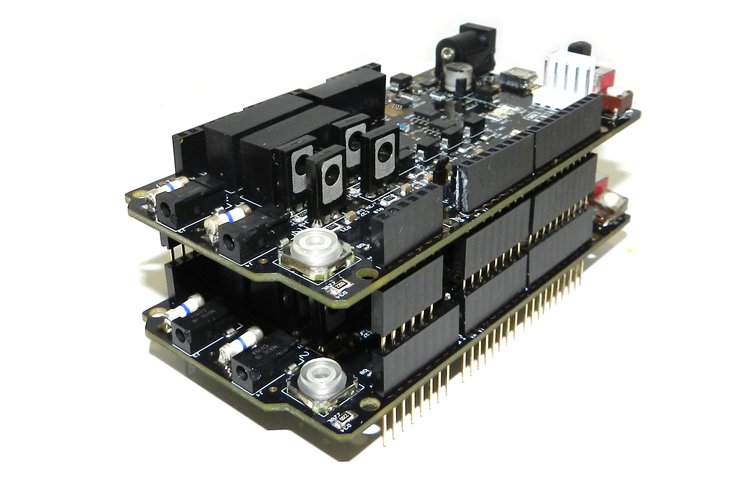
NeuroStimDuino – Neurostimulator for students, researchers, and hobbyists
NeuroStimDuino was designed to help anyone with an interest in neuroscience—students, researchers, and hobbyists alike—to study the effects of neurostimulation on muscle contraction. It comes with an I²C interface through which external microcontroller boards like the Arduino Due can be used to generate different stimulation patterns and control other aspects of its operation. Each NeuroStimDuino shield has two independent output channels, which can be used to alternate the contraction of flexor and extensor muscles or to contract various muscles simultaneously. By stacking multiple shields, additional output channels can be made available.
Features
- Generates biphasic, rectangular, and constant current stimulation pulses with programmable frequency, pulse-width, and amplitude
- Stimulation pulses are charge-balanced, consisting of a cathodic phase followed by an anodic phase of equal or unequal amplitudes (i.e. the waveform shape can be symmetrical or asymmetrical).
- Can be configured, over I²C, from an external microcontroller acting as the controller
- Can be used as an Arduino shield due to pin-compatibility with Arduino Due and MEGA boards
- Has two independent output channels per board. Multiple boards can be stacked to generate up to 256 channels.
- Onboard opto-isolators separate digital and analog signals
- Can be powered by a 9 V battery connected to a DC input or by an external 5 V input on VIN. For proper operation, we recommend two Li-Ion batteries (e.g. 18650s) connected in series. (Batteries not included.)
- Onboard LEDs visually indicate when neurostimulation is delivered, and a precision current-sense amplifier provides a voltage output proportional to the stimulation current.
- Includes several safety features such as fuses, an emergency OFF switch, and solid-state relays to shunt inputs with low impedance resistors
- Comes with a pair of 2 mm pin-style lead wires to connect with standard, reusable, hydrogel-based stimulation electrodes
- The optional Accessory Kit includes four 1.25-inch round and four 2-inch square hydrogel electrodes, a pair of lead wires, and a pair of bifurcation cables.
Technical Specifications
- Adjustable current output range: +/- 25 mA, resolution 250 µA/step
- Adjustable stimulation frequency range: 1 – 100 Hz, pulse-width 0 – 2 ms
- Maximum compliance voltage: +/- 72 V
- The onboard 16-bit dsPIC33F Microcontroller (40 MIPS, 256 KB flash memory) operates as an I²C peripheral with a programmable, 7-bit address.
- Stimulation current output can be measured using the onboard 12-bit ADC or an external ADC.
- The PCB includes a microUSB interface but the components are not populated. (Upon request, we are happy to provide a list of the necessary components.) If populated, this interface can be used to control NeuroStimDuino from a PC by way of serial commands.
The project is live on crowdsupply and ends in 37 days,
Subscribe
Login
0 Comments





